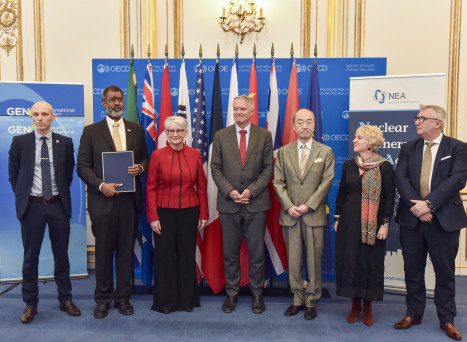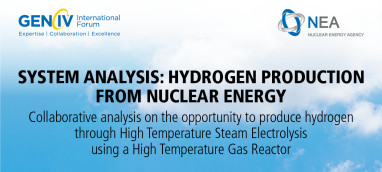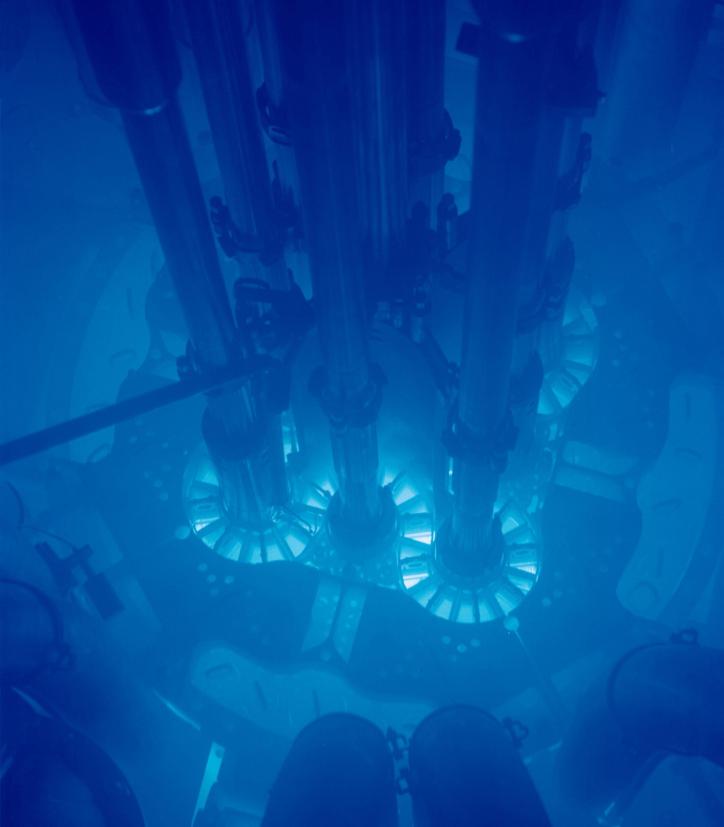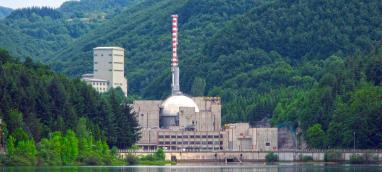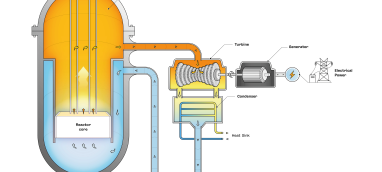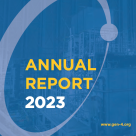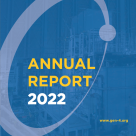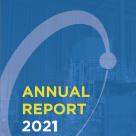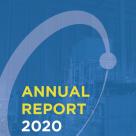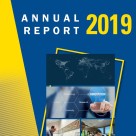Welcome to the Generation IV International Forum
DISCLAIMER: The entry into force of the 2025 GIF Framework Agreement on 1st March 2025 brings changes to the GIF membership. The website will be updated in due course to reflect these changes.
Established in 2001, the Generation IV International Forum (GIF) was created as a co-operative international endeavour seeking to develop the research necessary to test the feasibility and performance of fourth generation nuclear systems (Gen-IV systems), and to make them available for industrial deployment by 2030.
The GIF brings together 13 countries (Argentina, Australia, Brazil, Canada, China, France, Japan, Korea, Russia, South Africa, Switzerland, the United Kingdom and the United States), as well as Euratom – representing the 27 European Union members − to co-ordinate research and development on these systems.
The GIF has selected six reactor technologies for further research and development: the gas-cooled fast reactor (GFR), the lead-cooled fast reactor (LFR), the molten salt reactor (MSR), the sodium-cooled fast reactor (SFR), the supercritical-water-cooled reactor (SCWR) and the very high-temperature reactor (VHTR).
The OECD Nuclear Energy Agency (NEA) serves as technical secretariat to GIF.
Learn more about Generation IV Nuclear Energy Systems
GIF Activities
The work of the Generation IV International Forum is conducted under the direction of System Steering Committees, which supervise a wide array of cooperative R&D projects. For cross-cutting topics, GIF Working Groups and Task Forces generate analyses and deliverables.
Generation IV Goals
Eight technology goals have been defined for Generation IV systems in four broad areas: sustainability, economics, safety and reliability, and proliferation resistance and physical protection. These ambitious goals are shared by a large number of countries as they aim at responding to the economic, environmental and social requirements of the 21st century. They establish a framework and identify concrete targets for focusing GIF R&D efforts.
GIF Organisation and Governance
Generation IV International Forum (GIF) was created as a co-operative international endeavour seeking to develop the research necessary to test the feasibility and performance of fourth generation nuclear systems, and to make them available for industrial deployment by 2030. Learn more about its governing agreements and structure here.
